Payment service providers (PSPs) represent the vascular system of online payments. Thanks to their services, people can shop online, make and accept money transfers, subscribe to and pay for services, etc., all of which have already become integral parts of our lives.
The payment service provider market will more than double in the coming years, growing from roughly $40 billion in 2019 to a staggering $88 billion in 2027. You can join this snowballing market by establishing your own PSP company without significant investments. In this article, we’ll learn how.
Ten main steps of starting a PSP company
If you want to deal with starting a company with your own efforts, the main steps you need to take can be rounded up to 10.
Let’s divide them into two categories to make them more digestible: business steps and technical steps.
Business steps
- Do market research. Decide where to register your new business, which legislation is in place, and whether you can comply. It’s better to have a highly qualified lawyer with solid market knowledge to help you set up a company following local regulations. Evaluate the demand level for payment services in your geography and examine competitors’ offerings.
- Create a business plan. Without having a thorough plan before starting any business activity, you’re most likely to waste money and take your lumps. So, based on the insights gained after the first step, plan out your exact offering, how much you will charge, and how much money you need to start your payment service provider and maintain operations.
- Find banks to partner with. Research which banks or payment processors you can use to open accounts for your activity. These banks, or bank, will underwrite your transactions and route them between banks. A detailed business plan significantly increases the chance the bank would agree to work with you.
- Get the necessary equipment. The equipment you need depends on the business models you’ve decided to settle on and the services you’ll provide. Aside from the office equipment any modern business needs, you might also need processing terminals, servers, ATMs, etc. If that’s the case, leasing can help you get what you need without placing a financial burden on your newly started business.
- Hire sales and marketing professionals. Regardless of how sophisticated and beneficial your offering is, it has no point if your target audience has no idea your company exists. Marketing and sales teams will spread the word about you, growing your customer base and, thus, your income.
Technical steps
These can vary from one payment service provider to another, but generally are the following:
- Development of the payment software. Though boiled down to a single humble step of our guide, it implies a time- and resource-draining process. It starts with planning and feasibility analysis, followed by design and coding. Place a great deal of focus on building a decent checkout, as it is a crucial consumer-facing element of your system that must support popular payment methods and some new payment methods gaining traction, like cryptocurrencies and mobile wallets. You’ll have to hire a development team. Be ready that developing a custom payment gateway may take months of hard work. After that, the MVP should be implemented and tested before rolling it out to the market. This process never ends, as you must ensure your payment gateway’s stability and scalability, consistently maintaining and updating it.
- Purchase hardware security modules (HSM), tokenisation appliances, or both. Based on the services you’re about to provide, you’ll need one or both encryption solutions to deal with card payments. It is necessary to ensure secure payment processing and comply with the PCI tokenisation requirement.
- Build a server infrastructure and complete the PCI DSS assessment. Secure payment processing is a must. You will need it to process and securely store transaction details and cardholder data. Remember that payment service providers must pass the PCI audit annually, which is far from free.
- Select and integrate with banks, processors, and gateways. Given the high level of competition in the payment gateway providers market, your payment solution must be versatile and scalable enough to fulfil clients’ needs. That’s why it is crucial to have many partners in the industry.
- Maintain and update your product. The neverending process of maintenance and betterment is a cornerstone for a successful payment service provider company.
How to take the technical pain out of becoming a PSP
If you made it this far, you probably wonder how everything described above correlates with ‘without development efforts’ in the headline. However, some companies can cover all technical aspects outlined in the guide for you, offering a white-label payment gateway at a reasonable price.
Why waste time and resources trying to develop something that industry experts have already done and are offering to you with a cherry on top? Relying on a ready-made product empowers you to switch focus from picking around technical issues to handling business operations and building strong client relationships.
Why choose white-label PSP by Corefy
We’ve been gathering insights on the best payment practices for more than ten years, developing and bringing payment products to markets worldwide. This knowledge is what our white-label payment provider solution is based on.
Our offering combines Corefy’s payment and payout capabilities with a feature-rich white-label merchant back office.

With this payment gateway, you can launch your own branded solution and earn money by setting up fees for any service you decide to provide, be it incoming or outgoing transactions.
Another great source of income our white-label payment service provider offers is FX rates. All transactions involving currency conversion will be processed according to the exchange rates you select.
A white-label merchant portal allows you to conveniently run multiple businesses, with separate commerce accounts and individual settings for each. You and your merchants can keep track of funds available on the accounts in multiple currencies in real time. Auto-generated detailed monthly reports help with monitoring and controlling cashflows.
Although our white-label payment service provider reminds us of a life ring for aspiring online payment companies, we don’t just toss it and watch. We’re always there to help with onboarding, offer technical assistance, implement new features, and establish the new connections and payment flows clients require.
Companies that already run their payment business on our software save months of time and effort, and up to $ 500,000 in development and maintenance costs. Moreover, they got themselves a reliable and future-proof technical partner. You can, too!




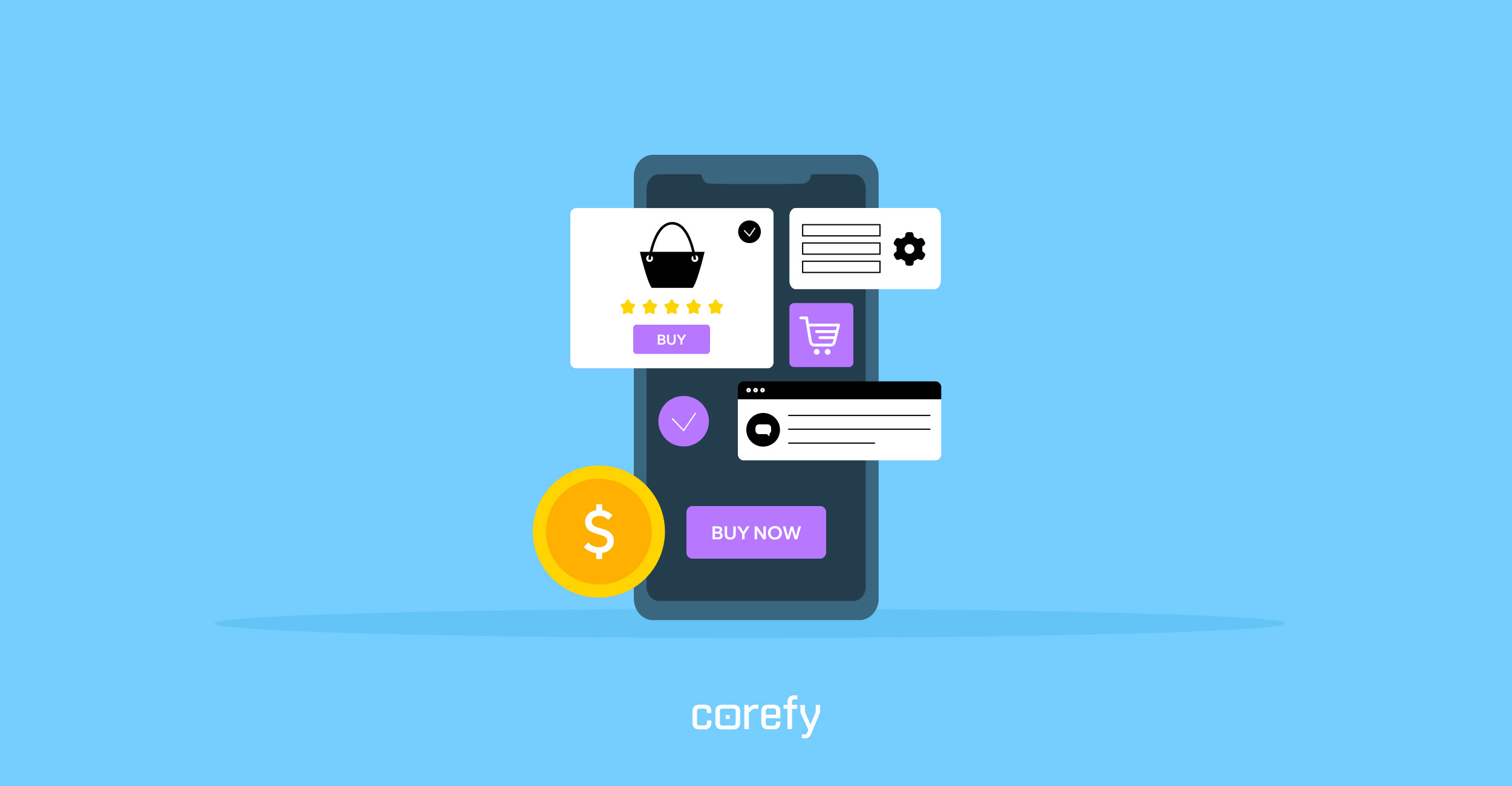
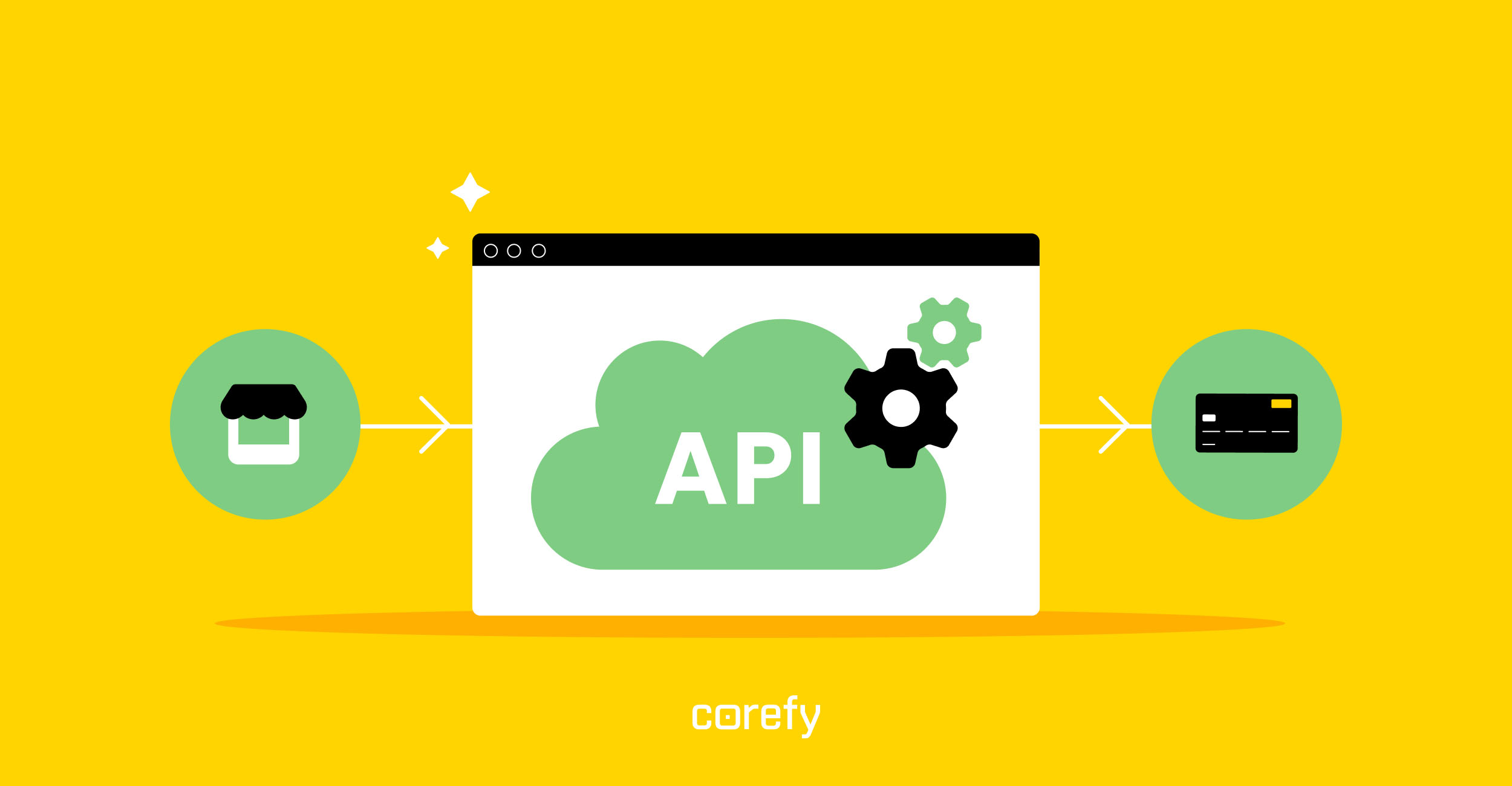
.jpg)
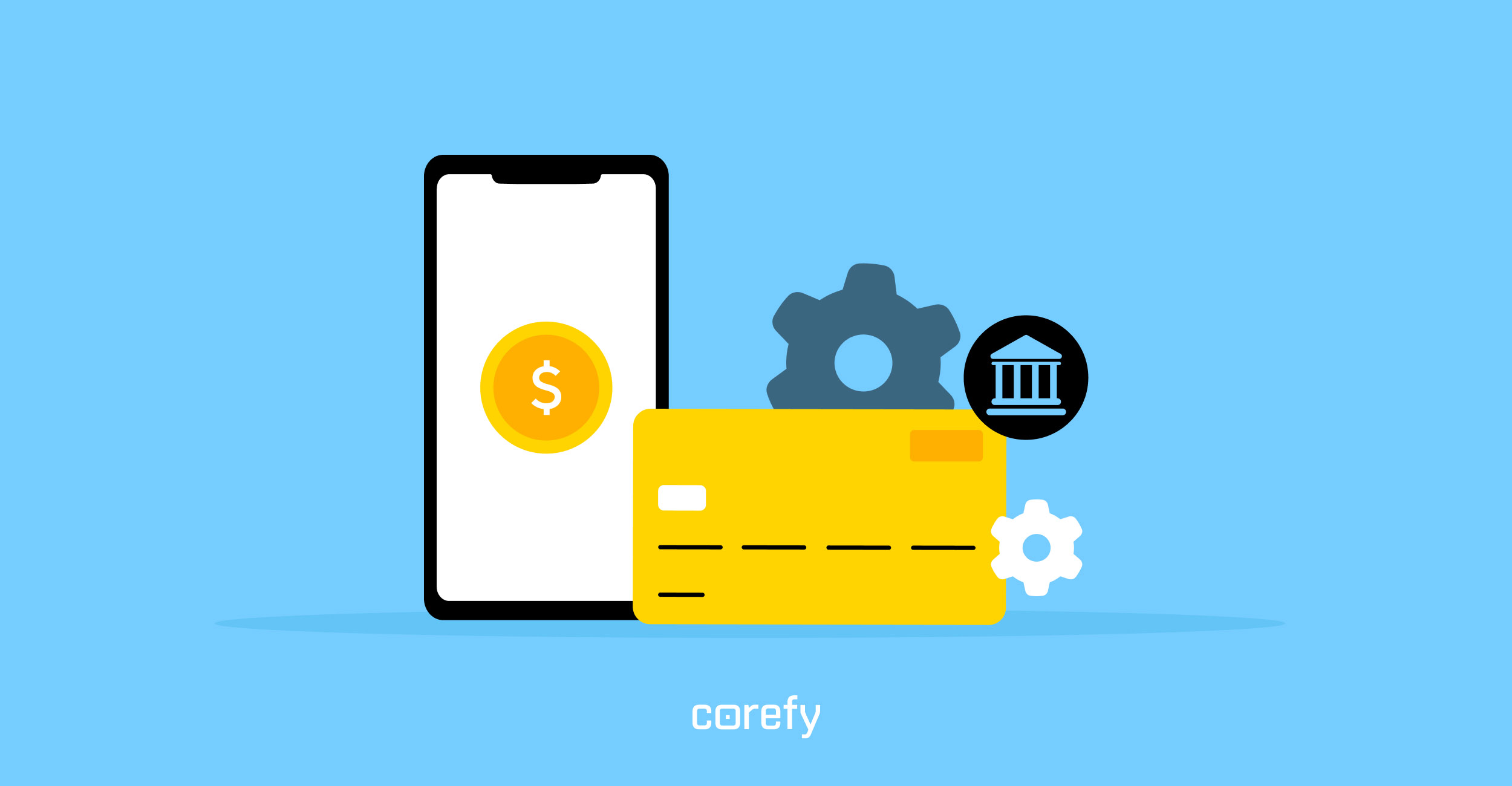
.jpg)
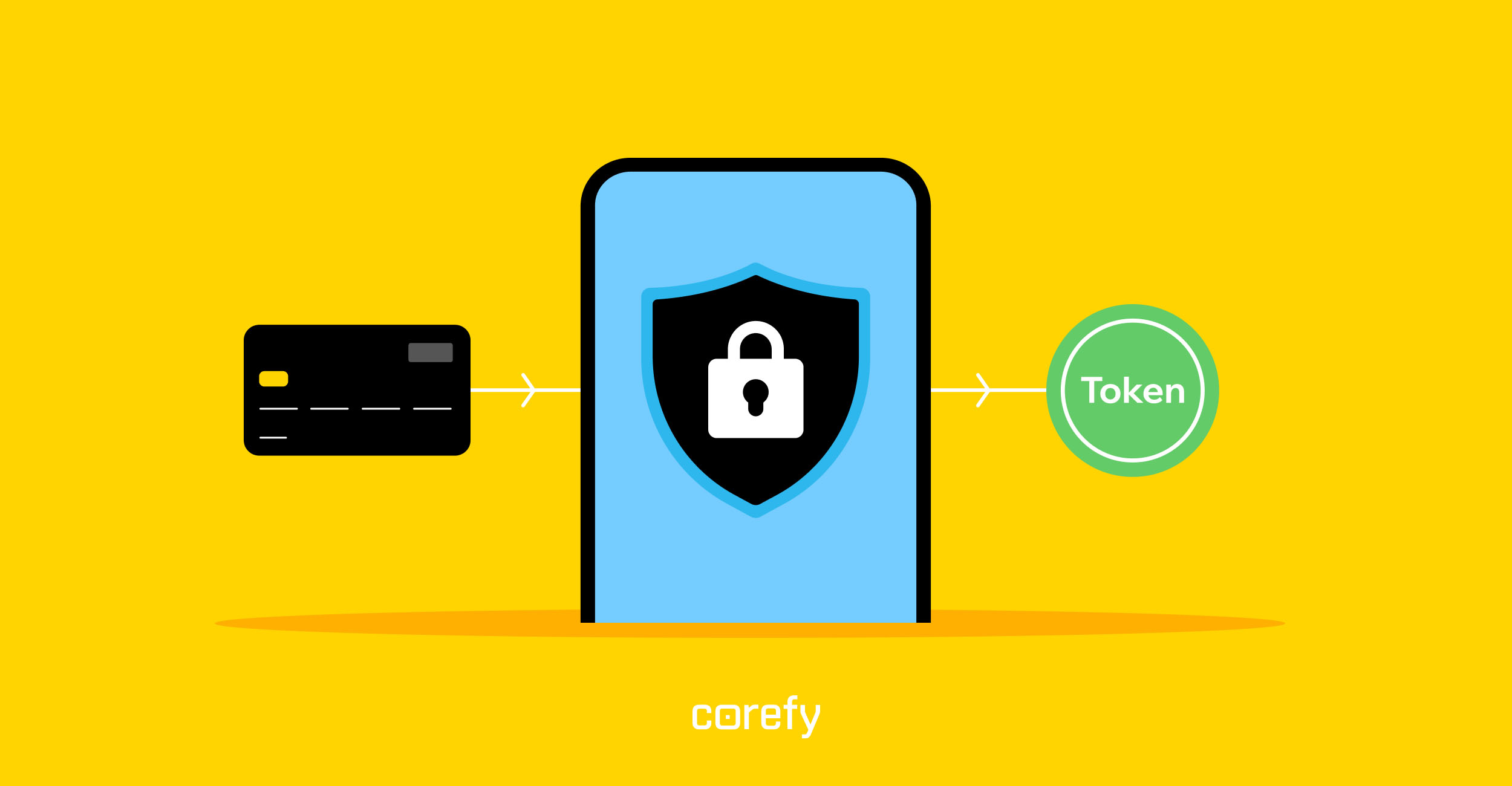
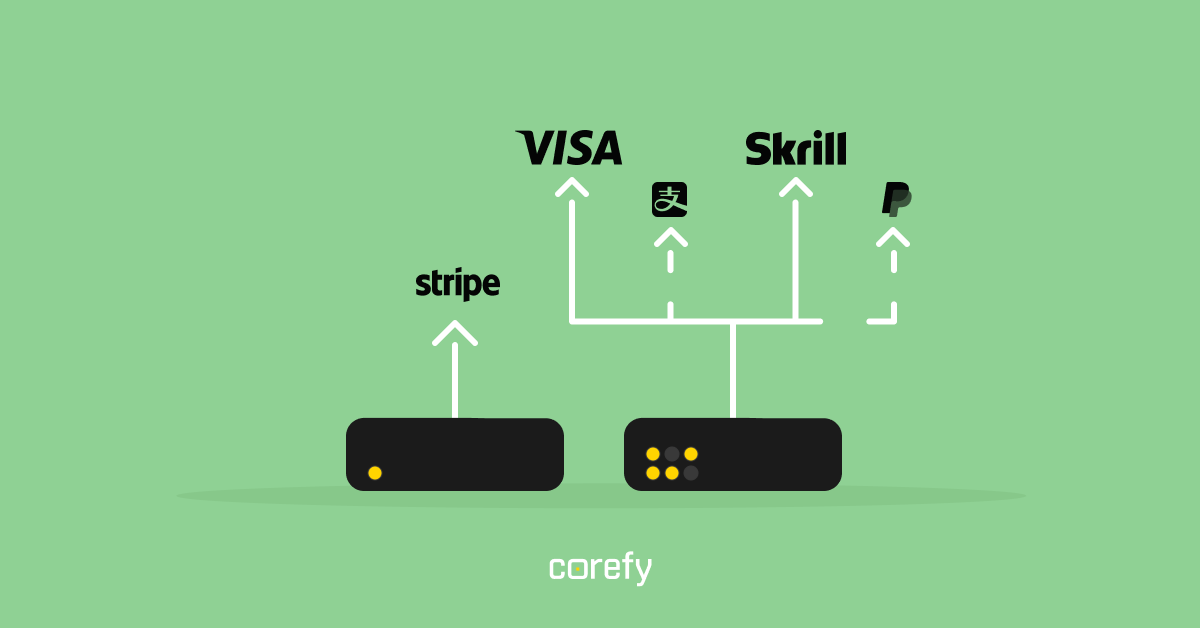

.jpg)
